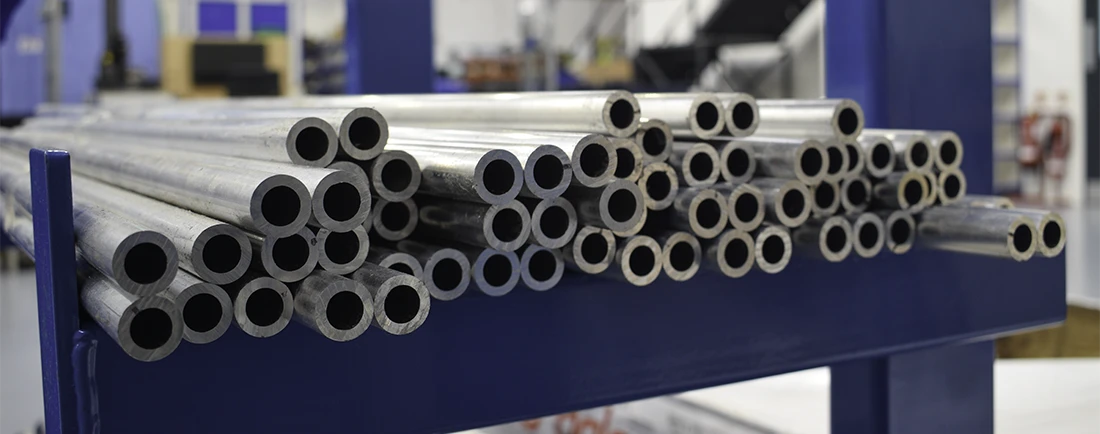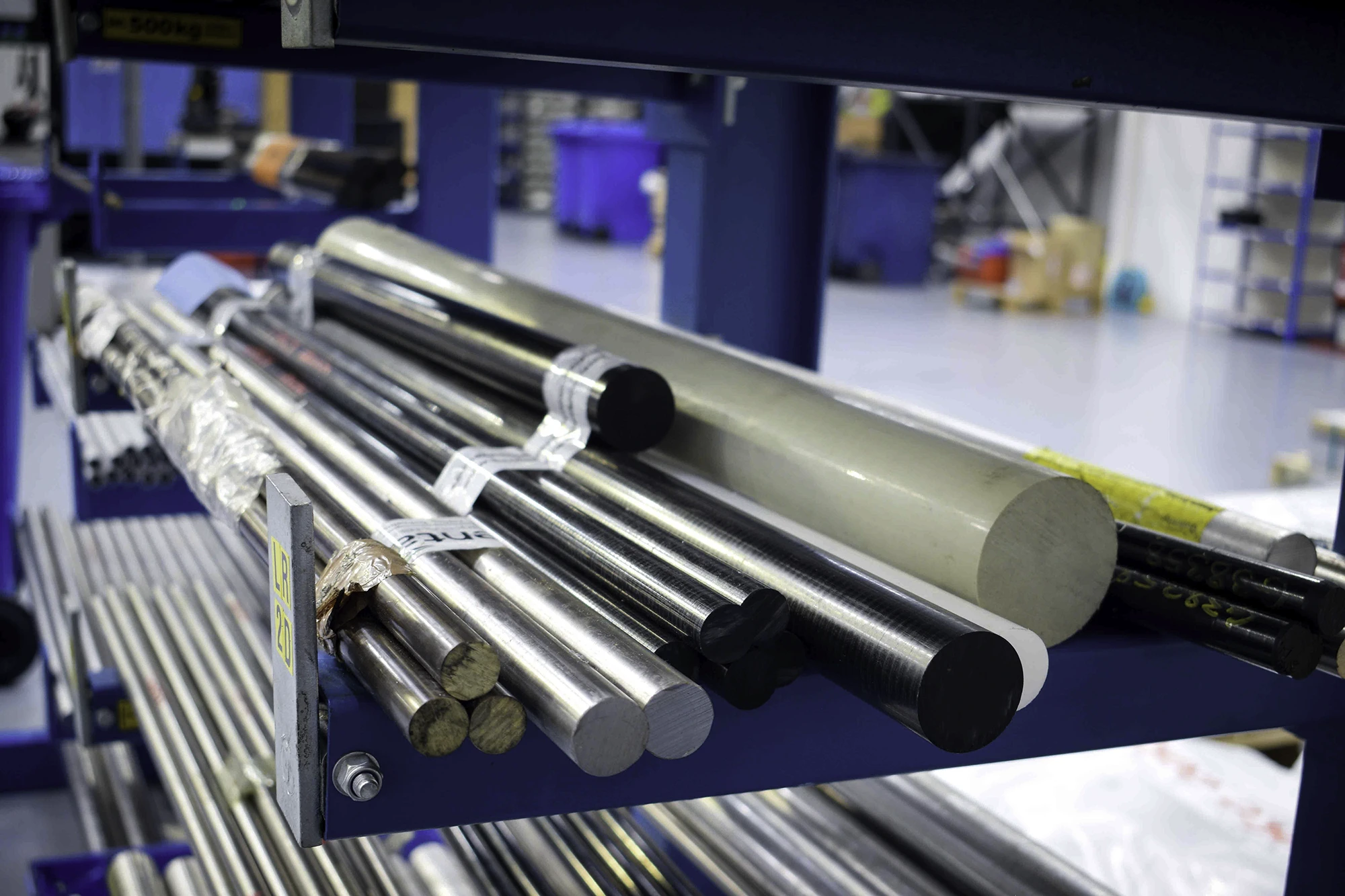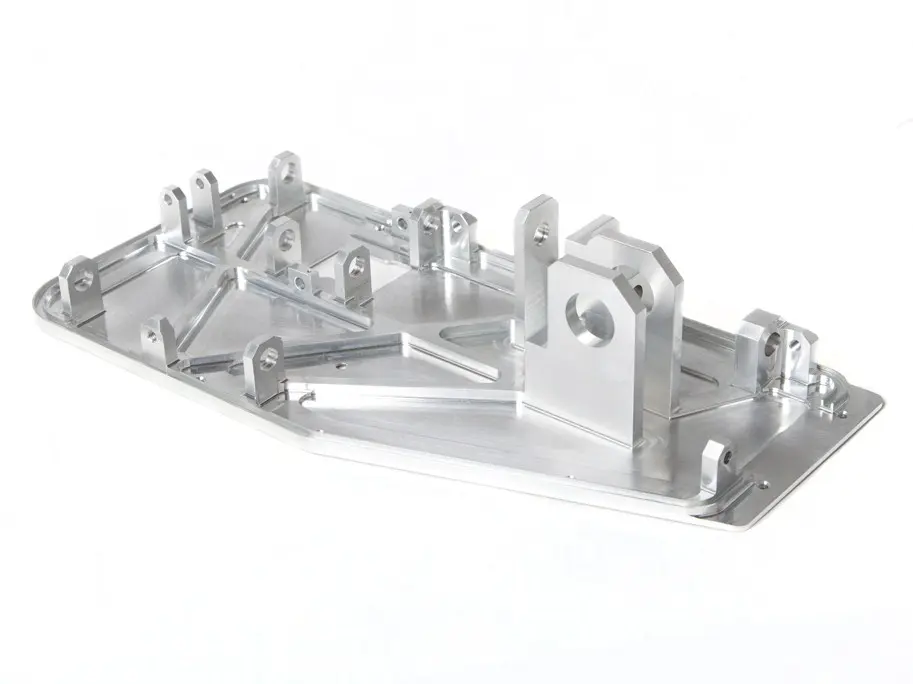 Get a quote
Get a quote
Choosing between plastic and metal for CNC machining can seriously impact how well your part performs, how much it costs, and how long it lasts. Some materials are better suited to lightweight, corrosion-resistant parts, while others are built for strength and high-heat environments.
Below, you'll learn when to use plastic vs metal by comparing their performance, cost, and best-fit applications.
When you're planning a CNC project, choosing the right material is one of the first and most important steps. Plastics and metals each bring their own set of strengths and challenges to the table. Getting this choice right helps you avoid costly revisions and ensures your part works exactly as expected.
Want more detailed comparisons? Explore: Aluminium vs Titanium, ABS vs Polycarbonate, and Delrin vs Nylon.
Plastic and metal behave very differently under machining conditions. Your choice will affect how the part is cut, finished, and performs once in use. Let’s break down some of the most important differences between metals vs plastics in CNC machining.
If your part needs to handle pressure, weight, or impact, metals are usually the safer bet. Aluminium and Stainless Steel offer strong structural performance and are often used for brackets, housings, and load-bearing parts. In contrast, ABS plastic vs metal shows good toughness for plastic, but it won’t match a machined metal component in pure strength.
Metals can handle high temperatures without warping, making them ideal for engine parts, aerospace components, and tools. Plastics like ABS start to soften around 100–120°C, and while that’s fine for many uses, it rules them out for anything heat-intensive. This is why you'll often see plastic used in electronics housings but not in exhaust systems.
Weight is one of the key advantages of plastics. If your project needs to reduce load, like in aerospace or handheld medical tools, plastics can make a huge difference.
Plastics also don’t rust, making them ideal for parts exposed to moisture or chemicals. Metals like aluminium resist corrosion well, too, but they may need coatings or finishes for extra protection.
Plastic parts often come off the machine with a clean, smooth surface that needs very little extra work. ABS plastic in particular can be polished, painted, or textured for a professional finish. Metals, on the other hand, might require additional steps like deburring, anodising, or coating to get the same result.
Plastics are generally cheaper and faster to machine. If you're working on a prototype or low-volume project, they’re often the most efficient option.
Here's a quick comparison of cost-related benefits:
Plastic:
Metal:
For high-precision production, a CNC machining service for complex parts can help you find the most cost-effective route, whether that’s plastic, metal, or a mix of both.

The physical characteristics of plastic vs metal also affect how each is machined. From tooling choices to how the material reacts to heat and cutting forces, understanding machinability helps prevent problems before they happen.
Plastic machining often uses sharper tools and lighter cutting forces to prevent heat build-up and material deformation. ABS plastic, for example, can gum up cutters if the tools aren’t sharp or the feed rates are too slow. Metals like stainless steel require coated, wear-resistant tools and slower speeds to manage heat and extend tool life.
Metal holds shape better under pressure and temperature changes, which helps maintain tighter tolerances. Plastic, especially ABS, expands more with heat and can warp if the setup isn't carefully controlled.
When precision matters, particularly in moving parts or fittings, prototype machining for metal and plastic allows you to test both materials and make data-driven decisions.
Plastics usually need very little post-processing, and many parts are ready to use straight from the machine. You can also apply surface treatments like polishing or painting with minimal effort. Metals often need extra steps to meet both visual and technical requirements, especially in aerospace or defence applications.
Choosing the right material starts with knowing where and how your part will be used. Below are examples of when to choose plastic vs metal, based on common industry use cases.
Plastic CNC Machining:
Metal CNC Machining:
Penta Precision also offers plastic machining services for CNC projects where tight tolerances, high quality, and on-time delivery are essential, even for non-metal parts.
Choosing between metals vs plastics isn’t just about material cost or strength; it's about how your part performs in the real world. If your part needs to resist heat, pressure, or wear, metals often make more sense. But for fast, cost-effective production or lightweight builds, plastics like ABS can give you an edge.
By working with a team like Penta Precision, you’ll benefit from expert advice and a one-stop machining solution, from material selection and design to production and finishing. The right partner helps you weigh up the trade-offs and find the best-fit material for your goals.
Think about what your part needs to do, will it face heat, pressure, chemicals, or wear? If so, metal might be the better choice. But if you need lightweight, corrosion-resistant, or budget-friendly parts, plastic could be the way to go.
Material price is one factor, but machine time, tool wear, and post-processing also count. Plastics are quicker and cheaper to work with in small runs. Metals cost more upfront but can offer better long-term value, especially in high-stress applications.
Plastic parts often have shorter lead times because they machine faster and need less finishing. Metal parts may take longer due to tool setup and cooling needs. For urgent projects, plastics are often preferred unless strength is critical.
They can, but it takes more planning with plastic. Metal is more stable under machining and holds its shape better. Plastics require controlled conditions and careful toolpaths to reach similar levels of precision.
Lighter parts can improve efficiency in vehicles, reduce strain on assemblies, and lower shipping costs. In aerospace or wearable devices, this makes a noticeable difference. But you’ll still need to check that the part performs under the loads it faces.


Aluminium is not like stainless steel: there is no one 'stand out' grade that is the first choice for medical devices. There is no '316L' of aluminium. Instead, as a purchaser of medical component machining solutions, you are confronted with a plethora of aluminium grades – any, all or none of which may suit your specific medical application. To suggest that's a challenge is an understatement. But it also offers you a great opportunity to improve quality, consistency and savings. How so? Simply this… you won't be on '316L autopilot' as sometimes occurs in the world of stainless steel medical components.